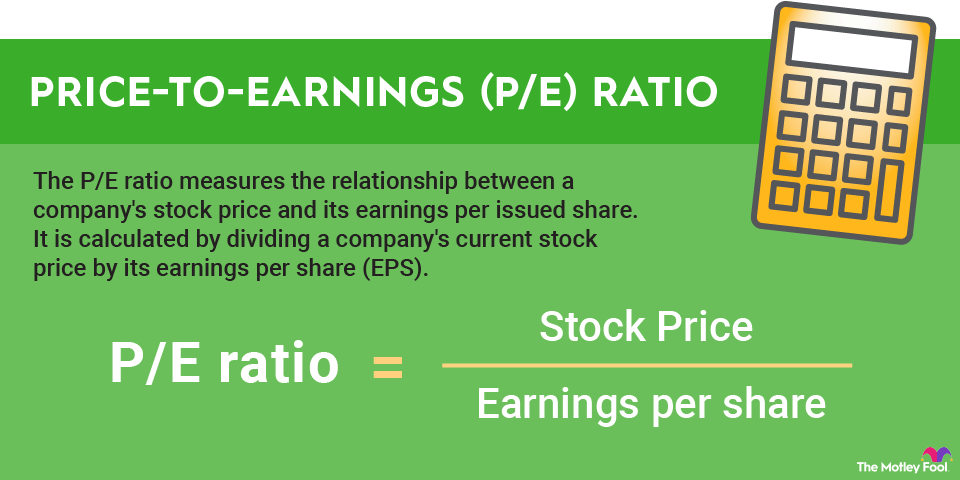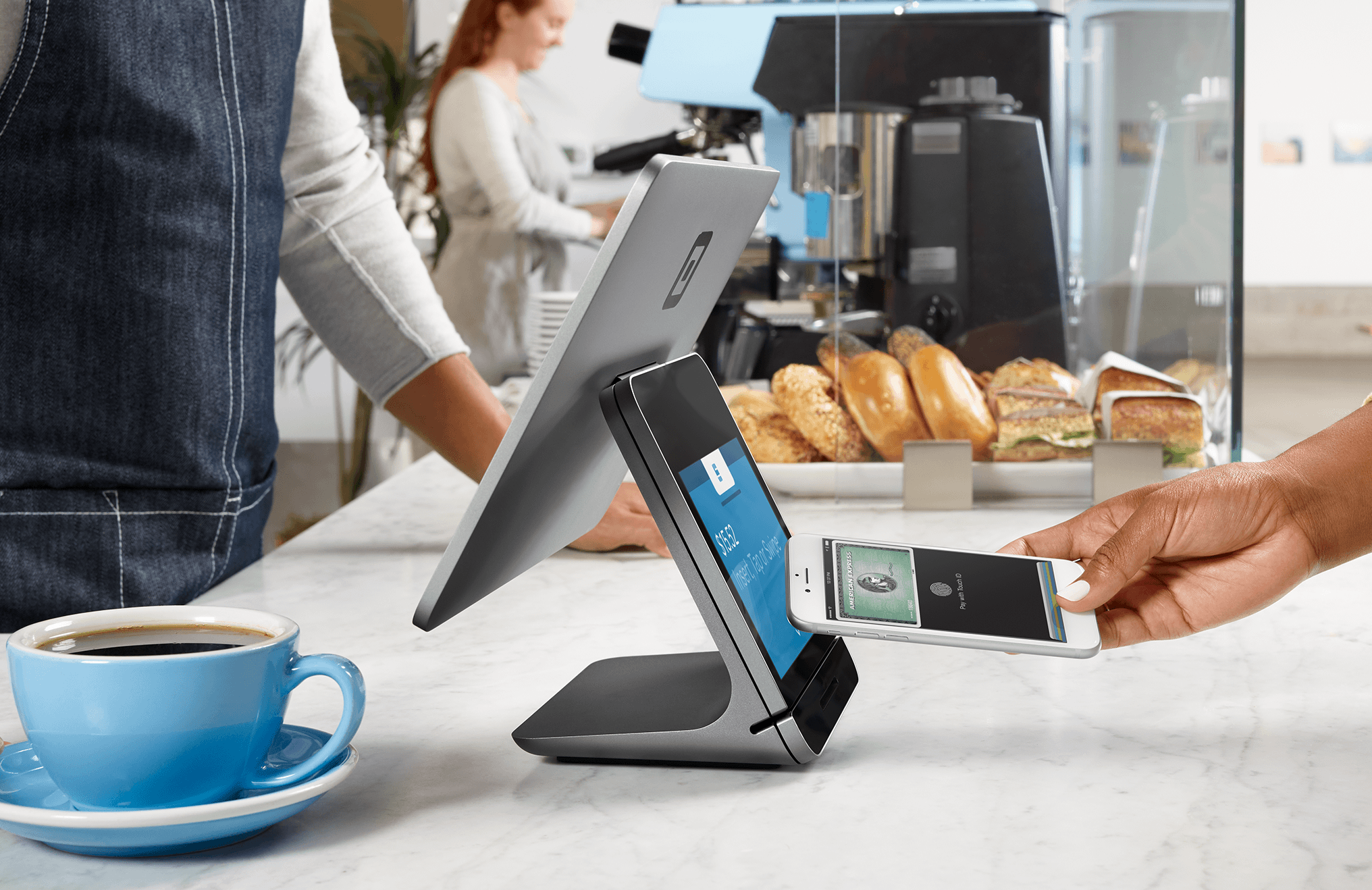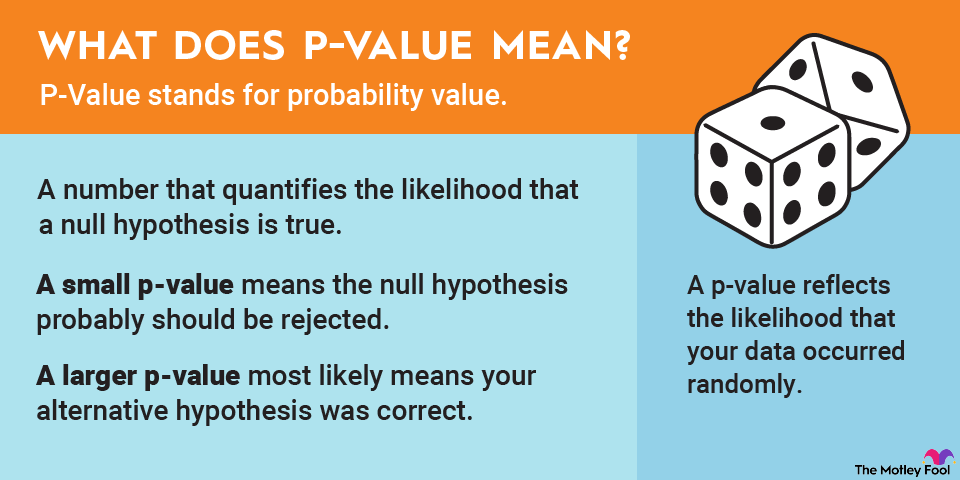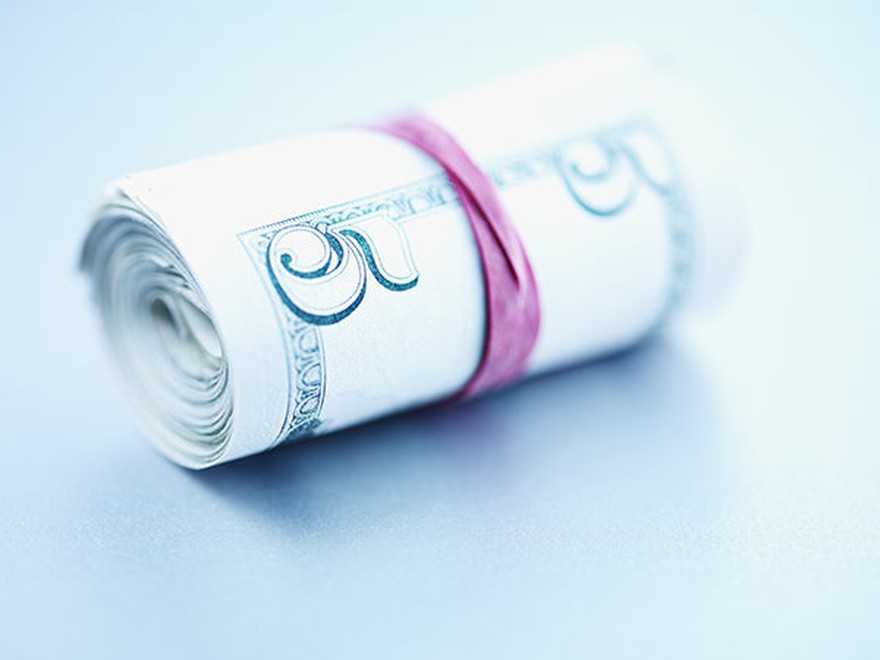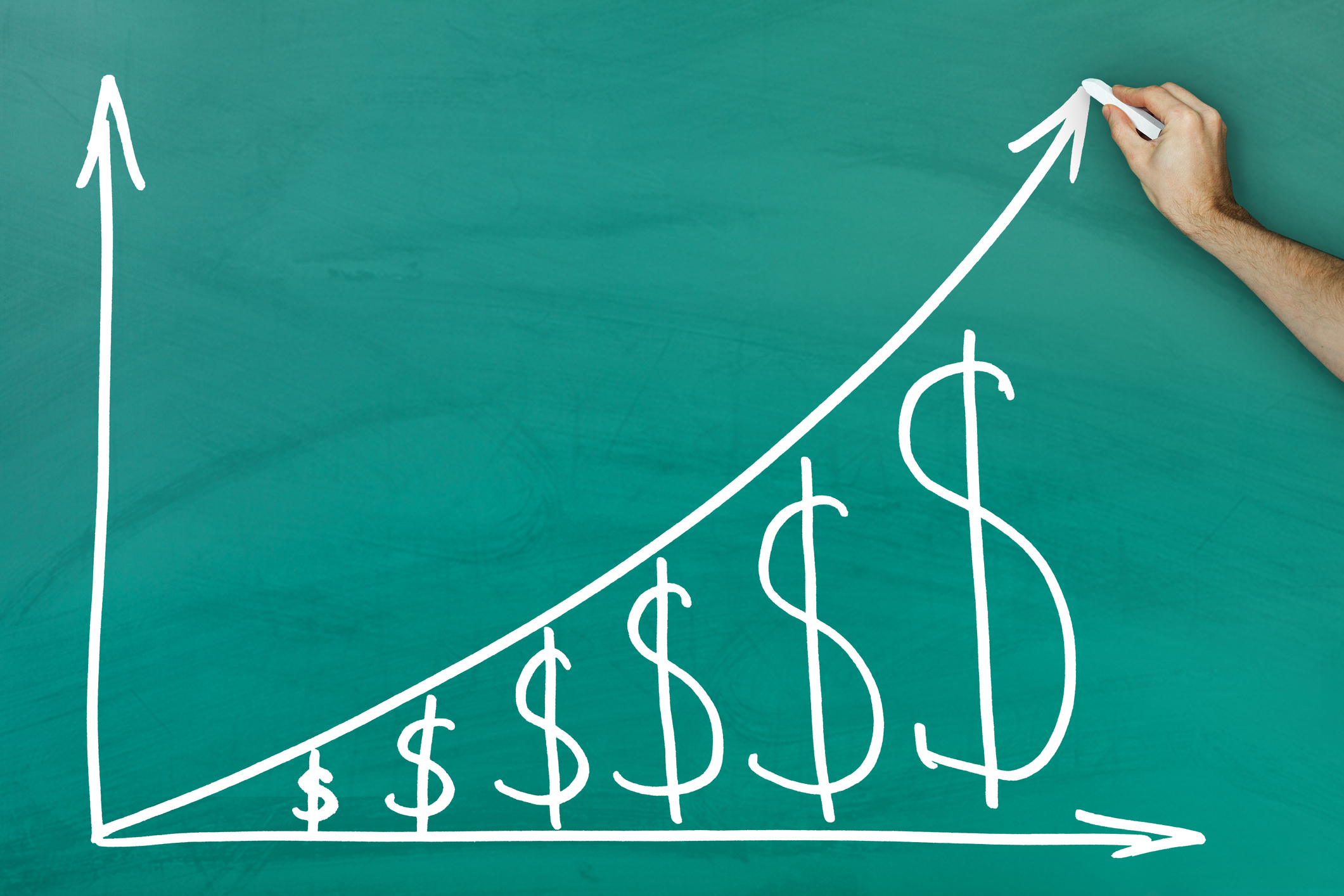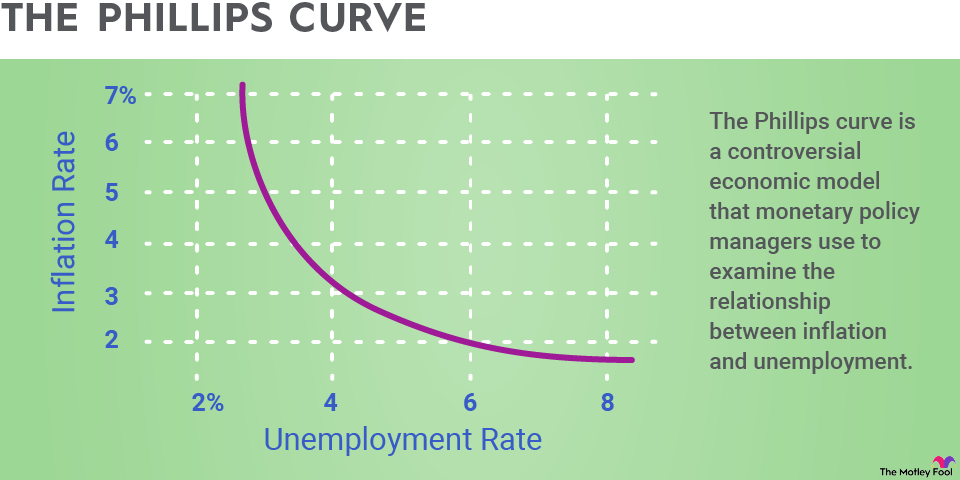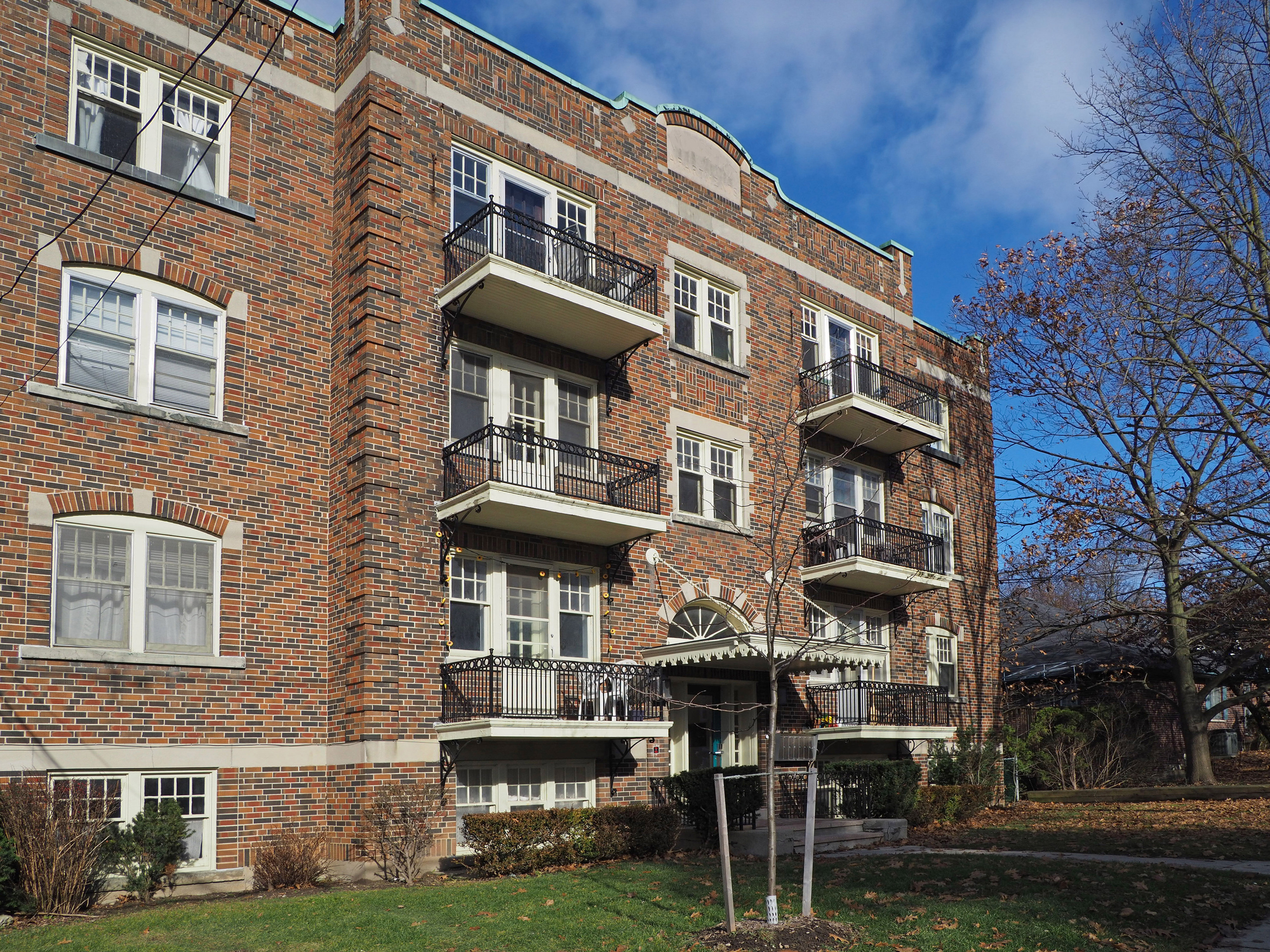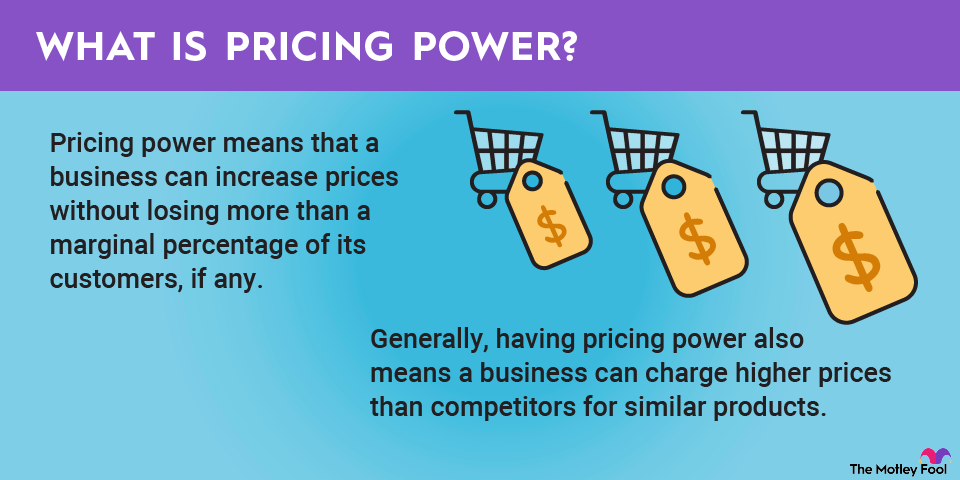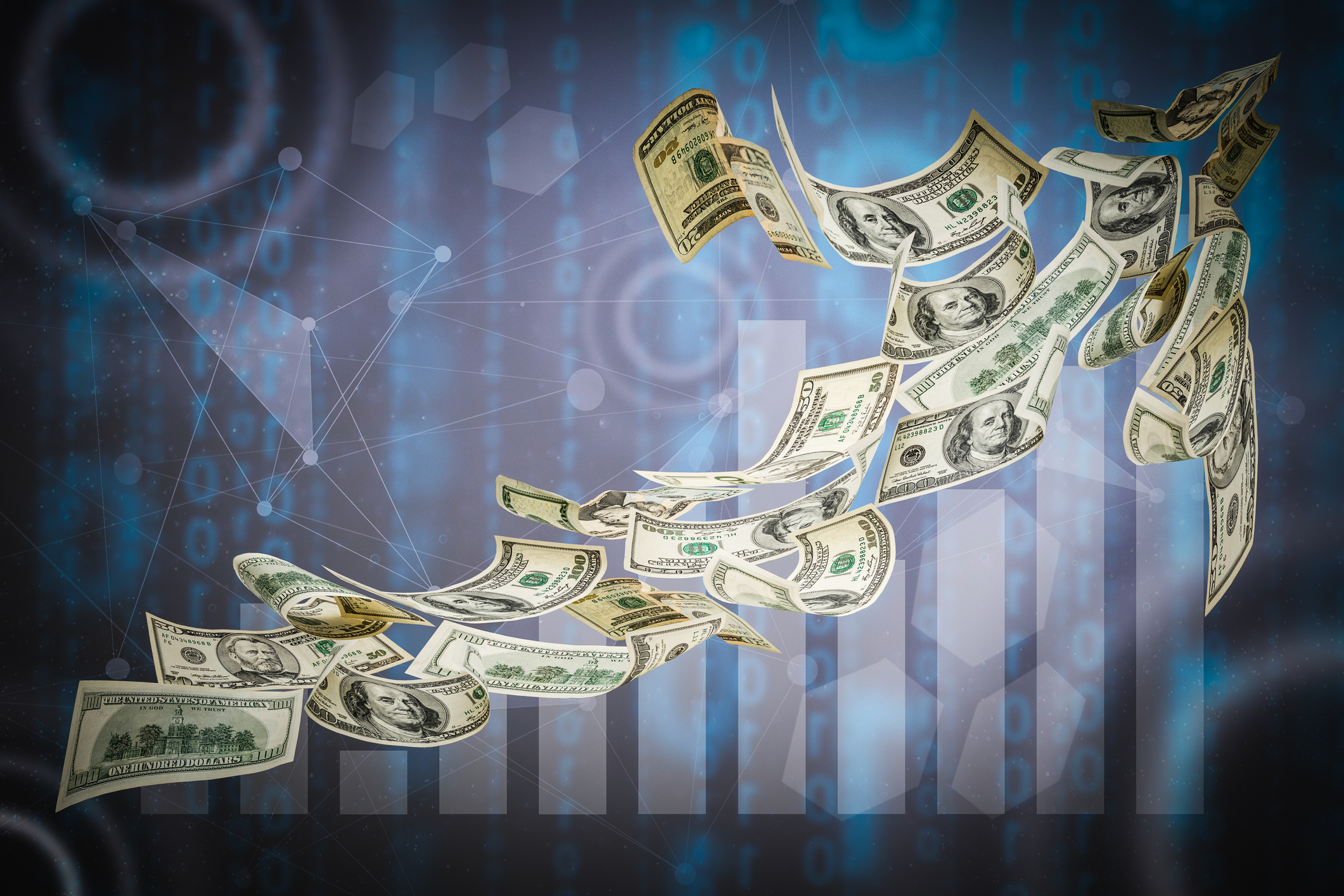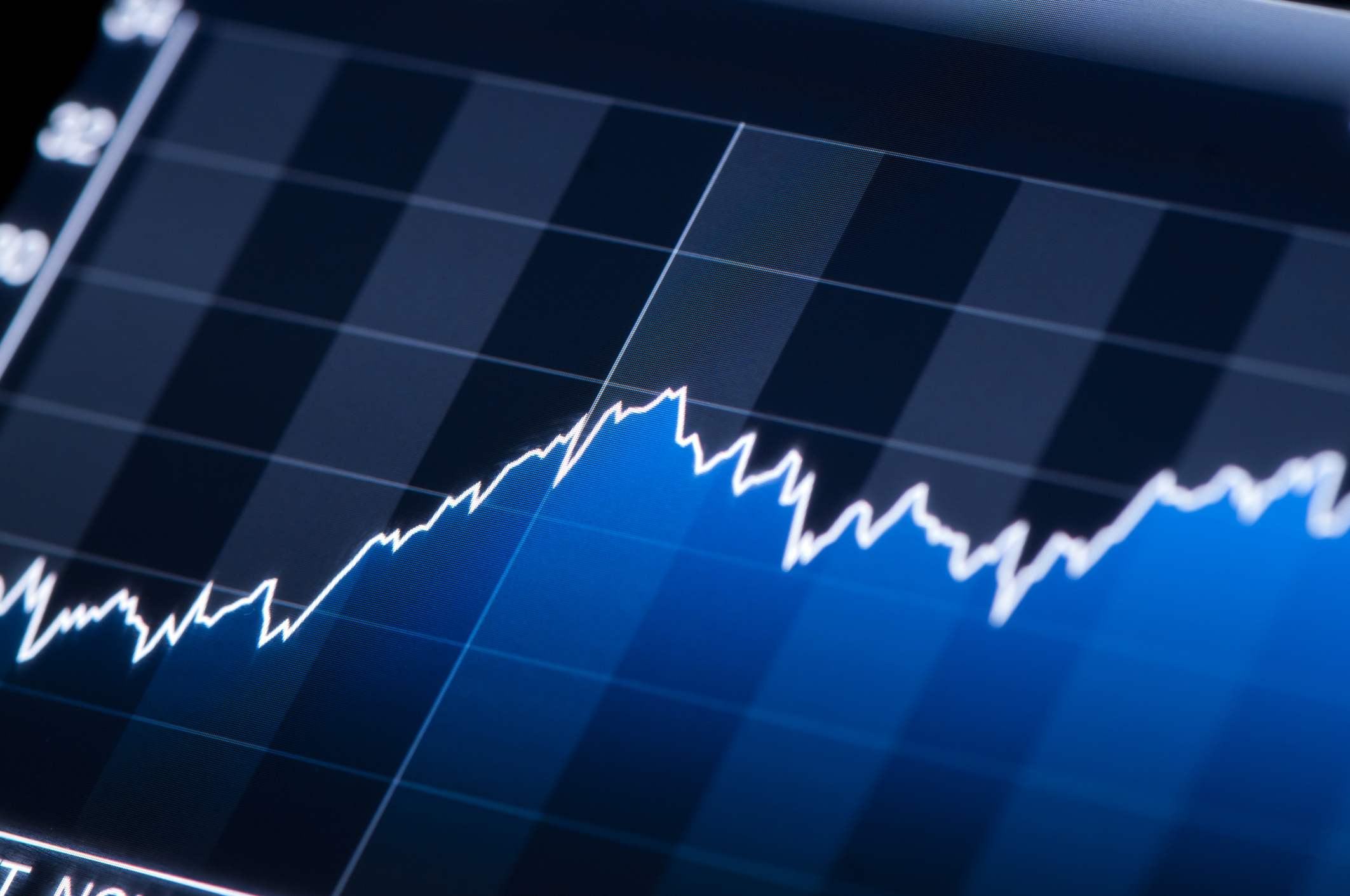If you’re an investor, you’ve certainly come across the concept of price per share. Everything you buy has a cost, but understanding what influences the cost of a stock can help make you a better investor.

Stock splits and reverse splits
Companies can directly affect the price of their stocks through stock splits. These are events where the company declares a different number of shares will exist from a certain point forward. Usually it’s expressed as an integer-for-integer split, like a 5-for-1 split or a 1-for-3 split.
In standard stock splits, your single share will be converted to multiple shares, lowering the entry point for new investors. So, if you own XYZ, Inc. and it decides to offer a 5-for-1 split, your stock holdings will remain the same, though you’ll have more shares, and the price per share of each stock, including the newly minted ones, will go from $30 to $6.
However, if ABC, Inc. is struggling to attract investors, it might do a reverse stock split, where it combines stocks to artificially push up price per share. If it did a 1-for-2 split, each stock share would go from $30 to $60, making it look very impressive, indeed. Be very careful with companies that are doing reverse splits and understand why they’re doing them before buying.
Federal Reserve
For example, the Job Openings and Labor Turnover Survey (JOLTS) report is often in the news. This indicator of the health of the job market can influence the Federal Reserve’s willingness to raise interest rates, which can make investors very nervous -- nervous enough to pull out of stocks that they love and are otherwise sound, and move their money to more sure things, like bonds, which inevitably will drop the price of those stocks.

